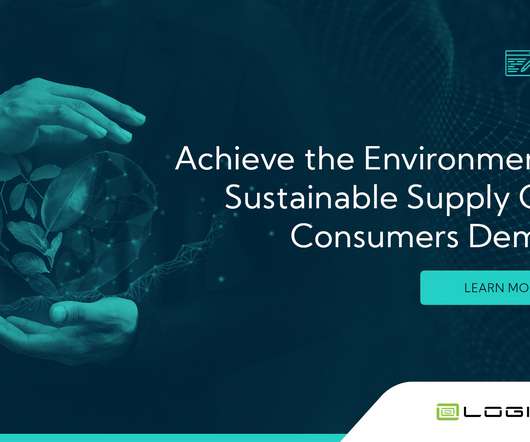Cognitive Computing: Getting Clear on Definitions
Supply Chain Shaman
AUGUST 7, 2017
The decision support technologies that we use today–price management, trade promotion management, network design, supply chain planning, transportation planning, supplier risk management–are on the cusp of redefinition through new forms of analytics. Predictive Analytics.
















Let's personalize your content